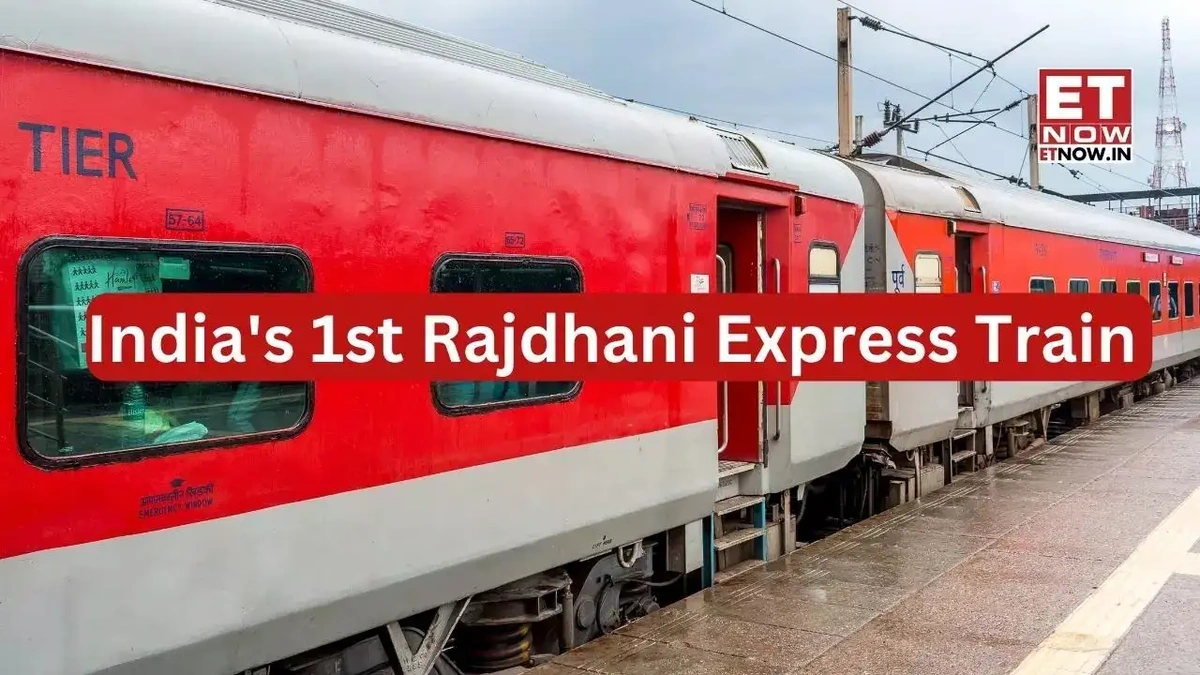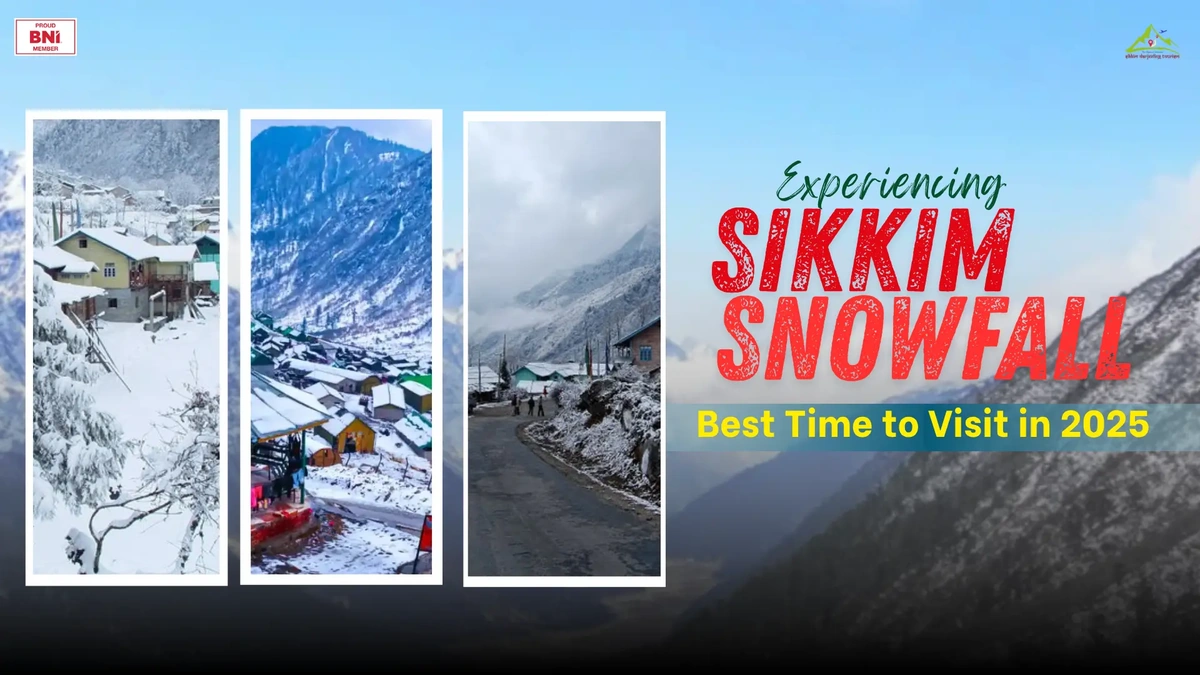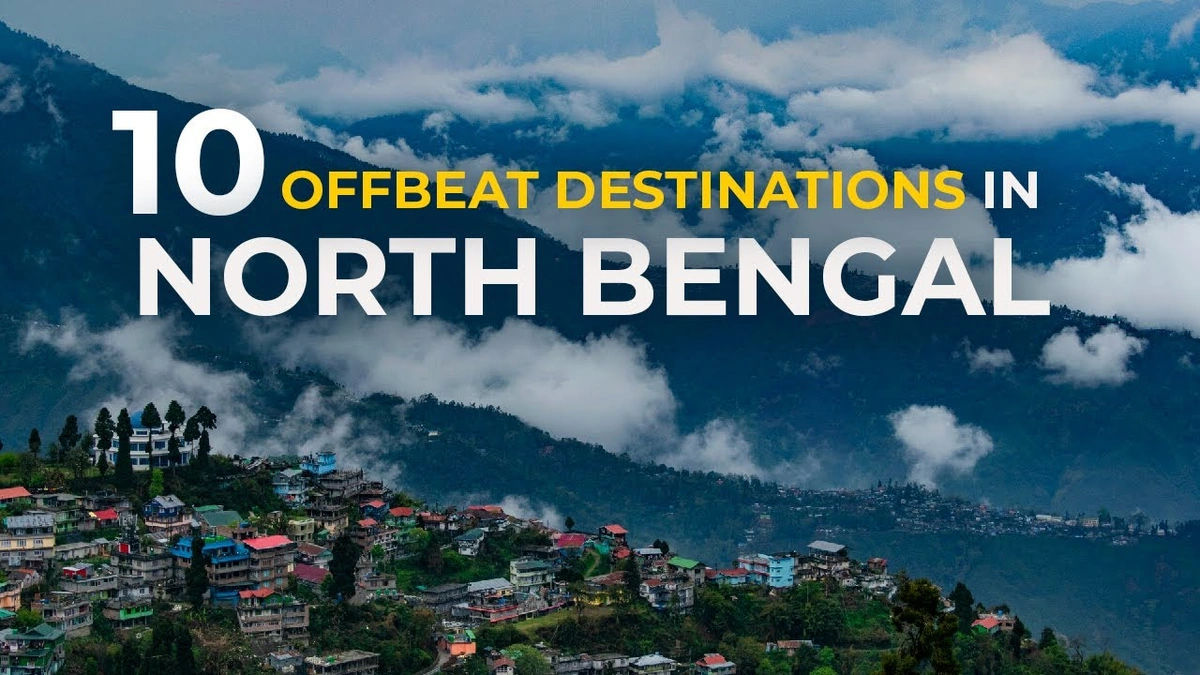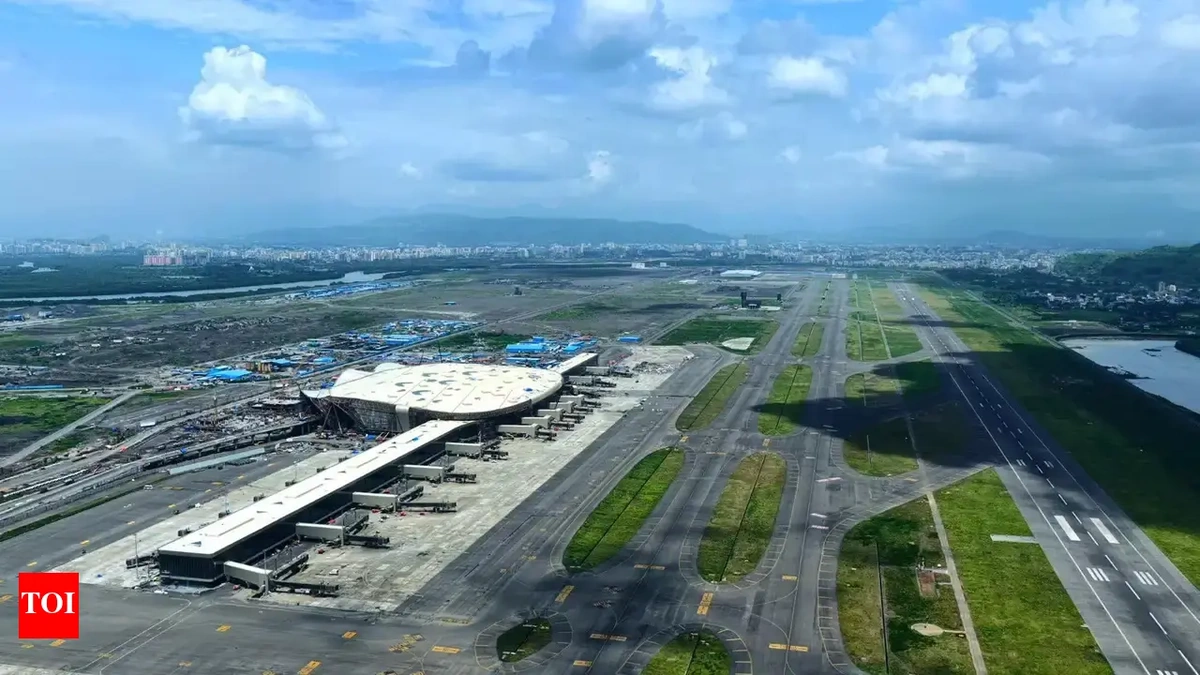Beyond the Tracks | Why ‘Rajdhani’ Means More Than Just a Train
The Rajdhani Express . Just the name evokes a certain… something, doesn’t it? Nostalgia for some, perhaps. For others, maybe a memory of a frantic dash to catch the train. But here’s the thing: it’s way more than just a way to get from A to B. It’s a symbol. A statement. It’s about India, its aspirations, and how we connect with each other. Let’s dive deeper, shall we?
The ‘Rajdhani’ Legacy | More Than Just Speed
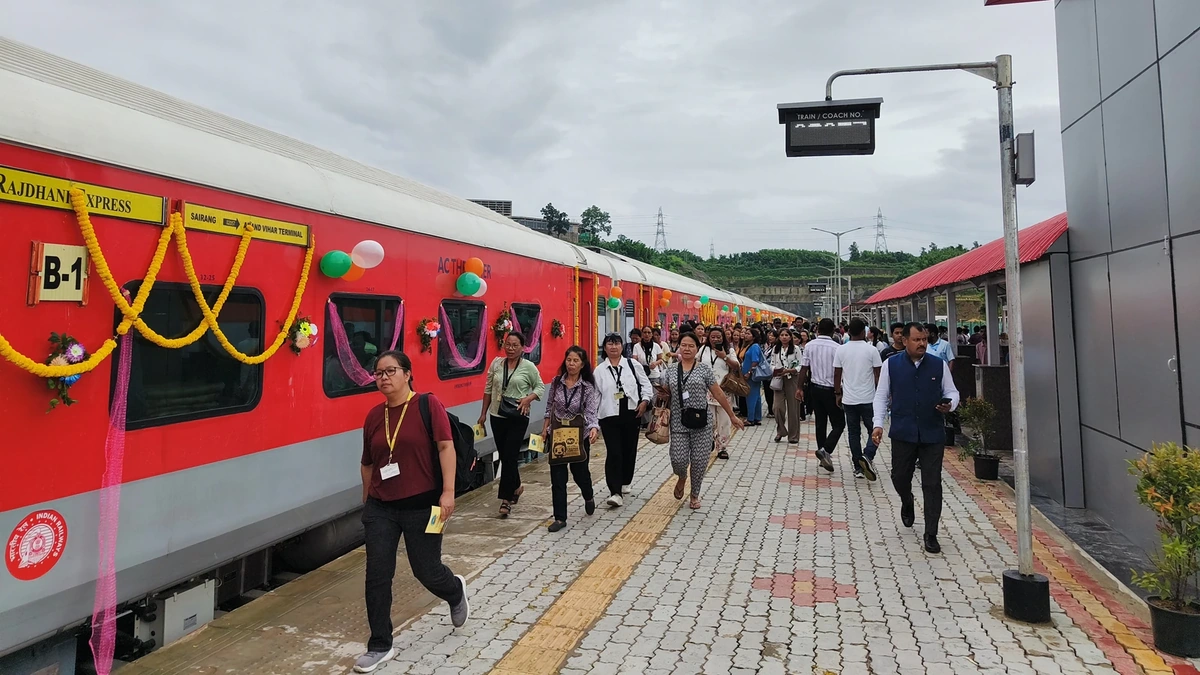
I initially thought, “Okay, it’s a fast train.” But then I realized – that’s like saying the Taj Mahal is just a building. The Rajdhani was conceived in the late 1960s, a time when India was still finding its footing. Think about it: the goal wasn’t just to connect Delhi to state capitals. It was to showcase India’s engineering prowess, its ambition. The first Rajdhani Express , connecting Delhi and Kolkata (then Calcutta), was a game-changer. It set a new standard for speed, comfort, and efficiency. And it was a point of national pride.
But, it also signifies something else. Before widespread air travel, the Indian Railways , especially the Rajdhani, was the way for families and businesses to connect across vast distances. It fostered a sense of unity. What fascinates me is that it still does, even in the age of budget airlines. There’s a certain romance to train travel that air travel simply can’t replicate.
Decoding the ‘Rajdhani’ Route Network
Here’s the thing: the Rajdhani network is a carefully curated map of India’s political and economic landscape. Look at the routes. Most connect Delhi to major state capitals, but some also serve important industrial or cultural hubs. The routes signify prominence and accessibility. These routes are lifelines. They carry not just passengers but also goods, ideas, and opportunities. It’s a well-oiled machine that keeps the country moving. A common mistake I see people make is assuming that every state capital has a direct Rajdhani train . It’s not always the case. The routes are strategically chosen based on demand, infrastructure, and overall economic importance. But IRCTC ticket booking hacks can help you find all available routes easily .
The ‘Why’ Behind the Punctuality Obsession
Let’s be honest, the Indian Railways doesn’t always have the best reputation for punctuality. But the Rajdhani? That’s a different story. There’s an almost obsessive focus on running these trains on time. Why? Because delays can have a ripple effect. Business meetings are missed, connections are disrupted, and the overall efficiency of the system suffers. According to railway officials, the Rajdhani’s punctuality is a key performance indicator. It’s a matter of national prestige, and believe me, they take it seriously. A slight delay can trigger a whole chain of investigations and corrective actions. The Indian Railway Catering and Tourism Corporation ( IRCTC ) works hard to make sure the service is on par with its reputation.
The Future of ‘Rajdhani’ | Evolution, Not Revolution
So, what’s next for the Rajdhani? High-speed rail is the buzzword, and while it might seem like the Rajdhani’s days are numbered, I don’t think so. The Rajdhani will evolve. We’re already seeing upgrades in coaches, catering, and onboard entertainment. The focus will shift to providing a premium travel experience that caters to a new generation of travelers. Imagine Rajdhani trains with even faster speeds, more luxurious amenities, and seamless connectivity. It’s not a pipe dream; it’s the logical next step. What fascinates me is the potential for integrating technology to provide personalized travel experiences. Think customized entertainment, real-time journey updates, and even onboard concierge services.
But there are some challenges. Maintaining punctuality, upgrading infrastructure, and managing costs will be crucial. However, the Rajdhani Express routes are crucial for India’s long-term connectivity.
The one thing you absolutely must double-check is the coach and seat number. Trust me, it saves a lot of confusion later!
FAQ About the Rajdhani Express
What is the average speed of a Rajdhani Express?
Rajdhani Express trains usually run at an average speed of between 80 to 140 kilometers per hour.
How can I book a ticket on the Rajdhani Express?
Tickets can be booked online through the IRCTC website or at railway reservation counters.
Are meals included in the Rajdhani Express fare?
Yes, the ticket fare includes meals. Options are available for vegetarians and non-vegetarians.
What classes of travel are available on the Rajdhani Express?
The Rajdhani Express usually has 1AC (First Class AC), 2AC (Second Class AC), and 3AC (Third Class AC) classes. Sleeper Class may be available on some routes.
Can I cancel my Rajdhani Express ticket?
Yes, cancellations are allowed, but cancellation charges will apply. These charges are based on the time of cancellation.
So, the next time you see a Rajdhani train whizzing past, remember it’s more than just steel and wheels. It’s a piece of India’s story, rumbling towards the future. It’s a symbol that represents connectivity , ambition, and the enduring power of the rails.
